Author: hitesh.eth
Compiled by: Block unicorn
We have a digital planet: Web2 and Web3.
The Web3 planet is quite new — it was originally built by pioneers who believed in decentralization, freedom, and autonomy. In its earliest days, it was a wild, unexplored land with no rulers, only builders.
But then, the bridge between Web2 and Web3 was built. At first, only a few capitalists from Web2 arrived, attracted by the raw potential of this new world. They watched from the sidelines, analyzing its terrain, understanding its rules, and identifying the most valuable territories.
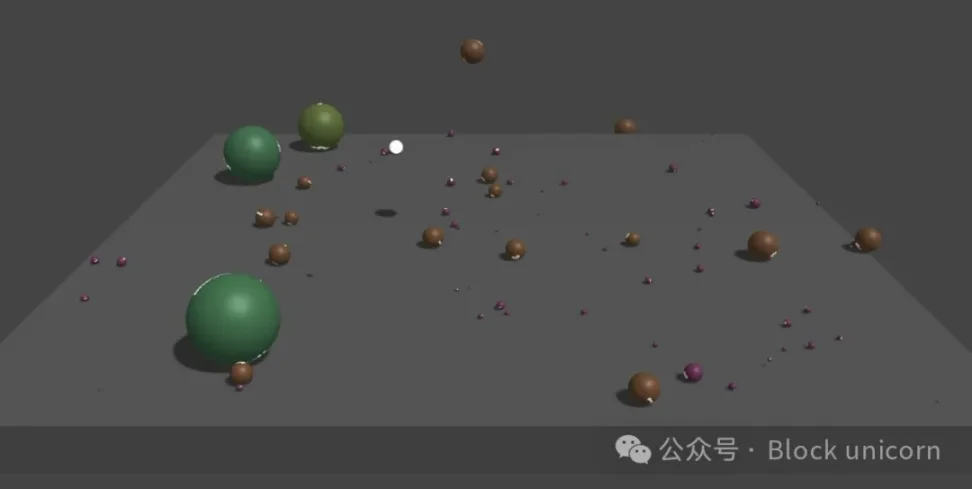
Bitcoin Block Space
The first wave of mass colonization begins with Bitcoin, the most precious nation on the Web3 island. It is a scarce piece of land where ownership is clear and power belongs to those who understand its fundamentals.
But once the first settlers took control and secured their wealth, they began to expand. They saw that Web3 was much more than Bitcoin. There was vast, unclaimed land waiting to be shaped. Soon, they began to move beyond Bitcoin and establish new territories — Ethereum, Solana, Polkadot, and countless others.
As more land was discovered, the race to carve up new nations intensified. At first, block space was scarce. The earliest blockchains operated under strict constraints—every transaction needed a spot, and there wasn’t much room. This scarcity gave block space enormous value. Owning even a small piece of block space meant having a seat in the new digital economy. But as competition grew, so did innovation.
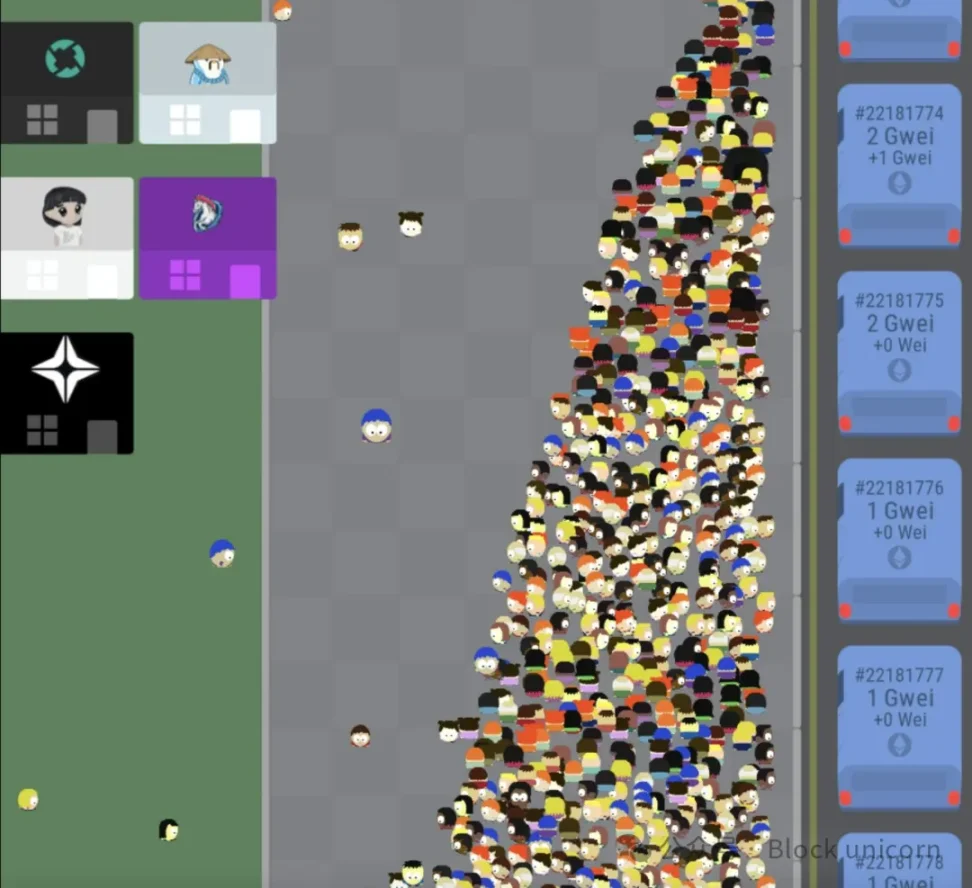
ETH transaction visualization
More efficient ways of creating blockspace emerged. Layer 2 solutions, Rollups, altchains — each brought a ton of new land to the Web3 planet. Commodities that were once scarce became abundant.
Builders no longer fought over limited space; instead, they created endless new land to meet the growing demand for settlement. But the flood of block space had unintended consequences.
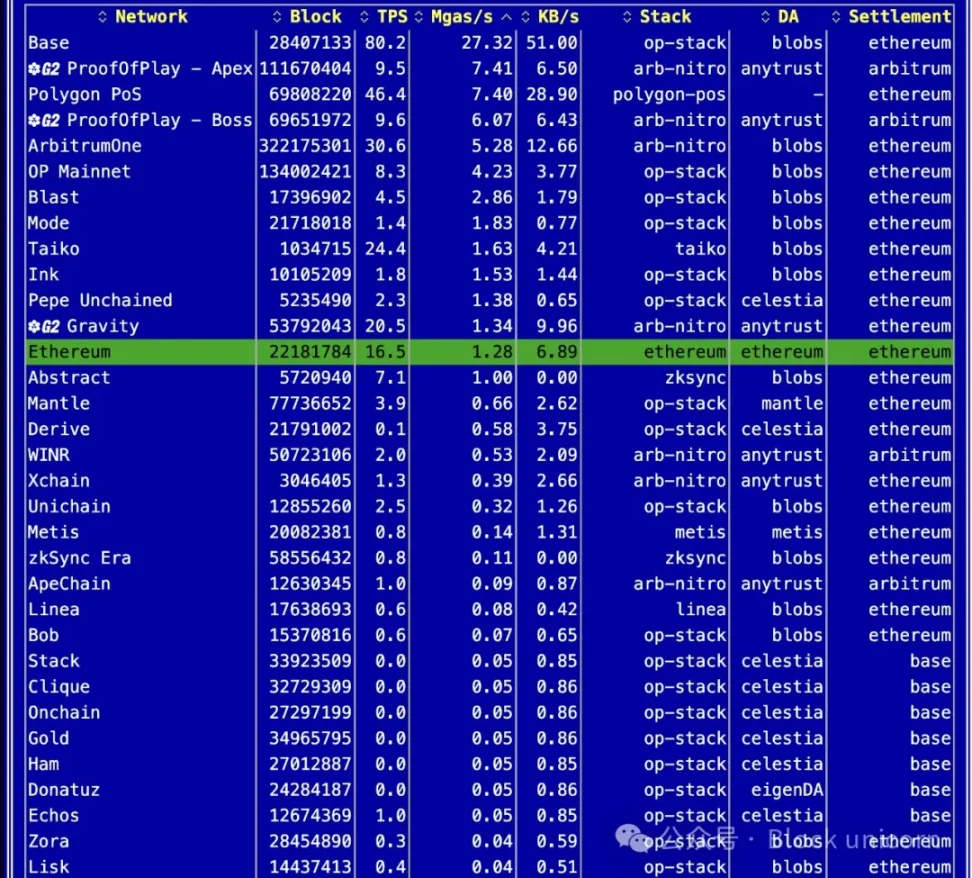
What was once precious has become cheap. The cost of storing transactions — once a key economic force — has plummeted. The promise was that cheap block space would attract millions of new settlers from Web2, but the reality is different.
The Web2 folks hesitated.
They’ve heard of treasure hunters venturing into Web3, lured by the promise of riches, only to be devoured by its predators. Some Web2 denizens have indeed made the migration, lured by tales of getting rich overnight.
They enter Web3 hoping to take a piece of the new economy. Many start by buying small plots of LAND — various tokens, each promising future value. They trade, speculate, and build businesses, believing they are in the early stages of the next great revolution.
But they don’t realize that Web3 has already been built by its earliest settlers and most powerful capitalists. The rules of the game are not written down, but those who control this land know it well. As more people from Web2 migrate, they are unknowingly trapped. The complexity of Web3 is daunting.

There are too many new countries, too many different rules, and too many scams disguised as opportunities. Big players control the flow of information, manipulate markets, inflate values, and pull the rug out from under the feet of unsuspecting settlers.
The Web3 planet has become a playground for those who know how to extract wealth from the ignorant. Even though block space is cheaper than ever, adoption is still slow. The dream of a mass migration from Web2 to Web3 is fading.
New lands were created with the promise of seamless user experiences, but they never quite reached the level of familiarity and convenience that Web2 offered. The additional promise of fast incentives wasn’t enough to entice people — people on Web2 saw too many of their peers being hurt.
They watched entire nations within Web3 rise and fall overnight, and fortunes be gained and lost in the blink of an eye. Ordinary people hesitated, unable to see through the chaos. Yet, amid the turmoil, a thriving trading market emerged.
Web3’s real estate — tokens — become the lifeblood of its economy. Everything is for sale. Each nation has its own property, unique assets, and promises of future value. Trading floors are endlessly open, running 24/7, driven by speculation, manipulation, and greed.
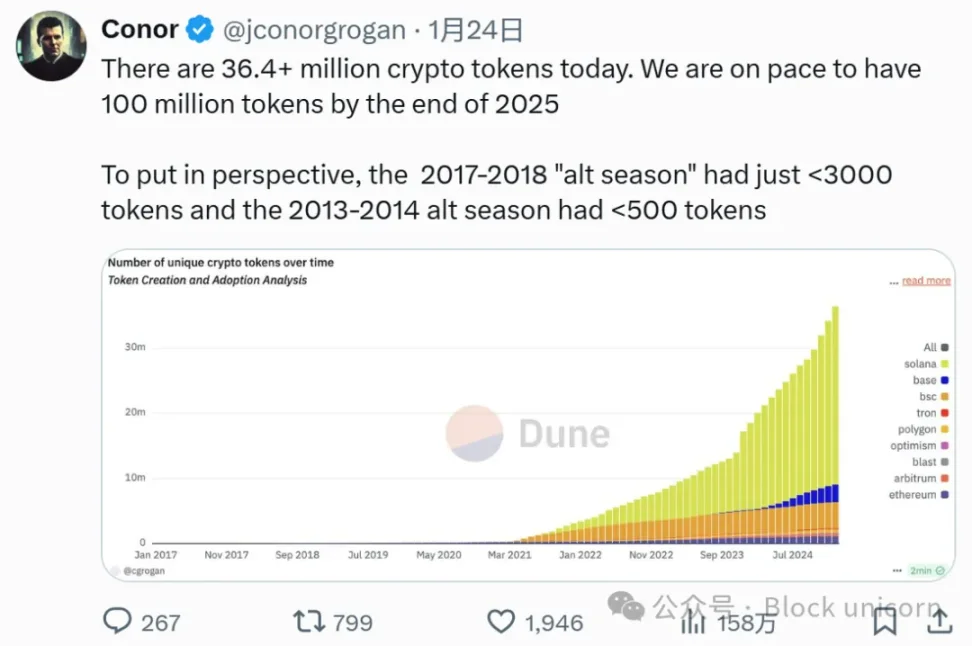
Some nations prosper temporarily, then decline as attention shifts. New land is minted daily, sold to the highest bidder, and then flipped for a short-term profit. The cycle never stops. And while the settlers struggle, the true beneficiaries of Web3 thrive.
Bridge operators—exchanges—become gatekeepers, controlling the flow of assets between Web2 and Web3.
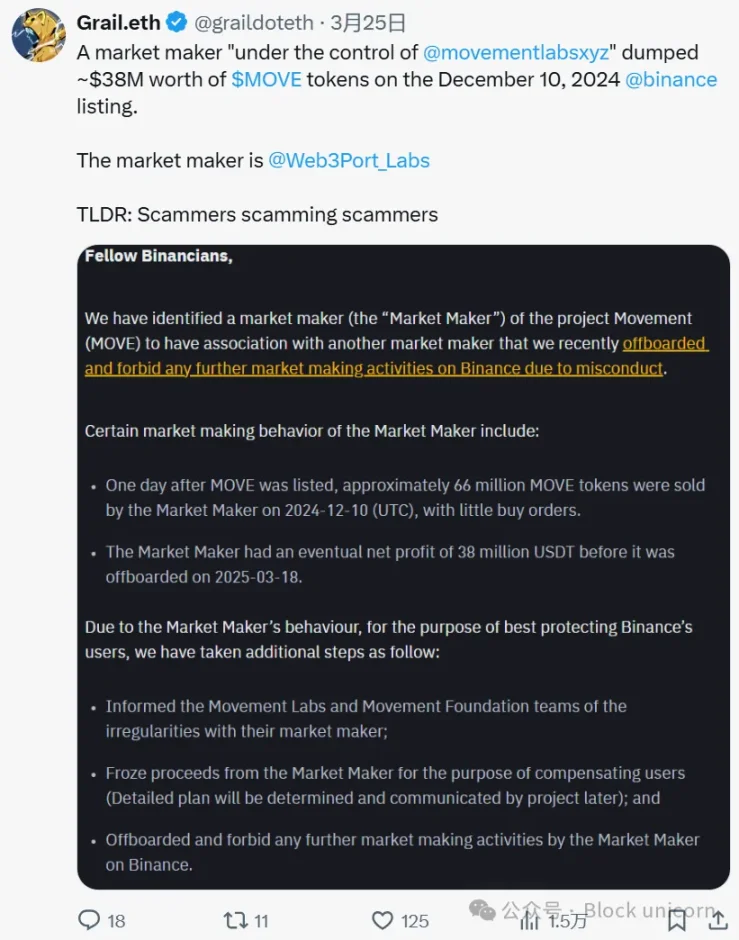
They make a profit every time someone enters or leaves. Market makers—those hidden forces that manage liquidity—ensure no trade goes unnoticed, taking their share of every transaction. Developers continue to build, not necessarily to innovate but to create more land to sell. And the marketers? They weave stories, craft narratives, and sell the dream to the next wave of hopeful settlers.
The dark side of Web3 is that it is no longer truly decentralized. The early ideals of a free and open digital frontier have been replaced by the cold reality of capital. The game is rigged.
The forces that dominated Web2 have also infiltrated Web3. They have not only settled, but reshaped the planet to suit their needs. And so, the Web3 planet continues to expand, becoming an endless frontier of digital land, speculation, and fleeting opportunities.
The dream of true decentralization still exists, but for most people it is just a dream. Settlers still come, hoping to get rich, but in the end, most leave with less than when they arrived.
Meanwhile, those who have taken control of the system continue to extract, build and control, ensuring that the planet remains shaped by them.











